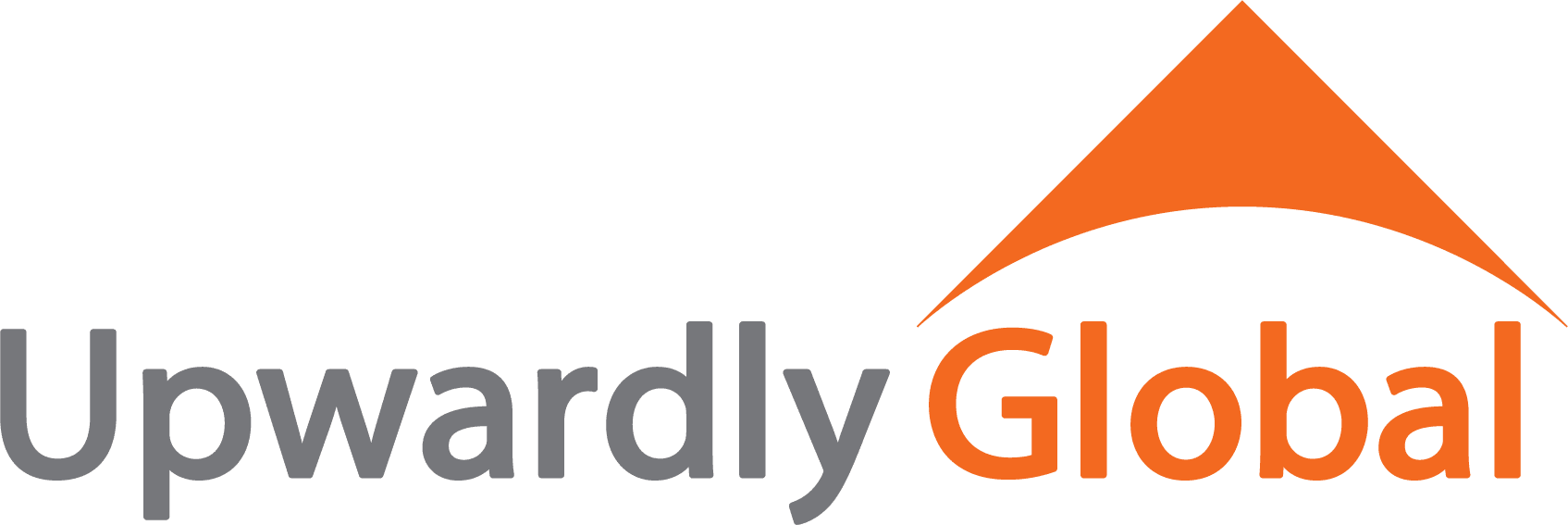Investing in skilled refugee workforce integration yields tremendous benefits for our economy and communities. In 2016 alone, UpGlo helped 247 refugees secure full-time professional jobs with an average income of $47,000 – resulting in these individuals lifting themselves out of poverty and become economic contributors.
Yet the challenges facing refugees with professional backgrounds are more complex than those facing their new immigrant peers in the U.S. Refugees frequently have experienced more emotional trauma and longer employment gaps in their careers, resulting in additional barriers to employment and a lower rate of placement in skill-appropriate positions. Women refugees in particular encounter more job search barriers than male job seekers due to childcare responsibilities and cultural family norms around gender.
For the first time, Upwardly Global shares expertise and best practices from 17 years of workforce development work with refugees in our report, Refugees Contribute: Strategies for Skilled Immigrant Integration in the U.S. Drawing from available data and UpGlo’s own analysis of its refugee program participants, the report details common barriers that refugees face, and how they can be overcome with targeted interventions.
The report finds:
- Job placement rates for UpGlo program participants are 6% lower for refugees compared to their non-refugee peers. The primary factors affecting refugees’ outcomes included level of English fluency, number of dependents, survival job schedules, and the length of time they had been out of professional work.
- Gender and the number of dependents job seekers are responsible for are significant factors in determining successful outcomes. Female refugees were 4.5% more likely to complete UpGlo trainings than their male refugee counterparts, but were nearly 13% less likely to secure skill-appropriate jobs.
- Language fluency in particular influences the confidence and communication skills that are essential to the job search process. Refugees with self-reported advanced English speaking ability were 25% more likely to secure professional jobs than the overall job seeker population.
Policy Recommendations
Our findings informed specific policy recommendations aimed at addressing the barriers that keep refugees from achieving their full potential in the U.S. :
- Collect better data on refugee demographics and education attainment
- Create more virtual training and networking events for refugees
- Develop English in the Workplace-focused trainings
- Invest in childcare services for refugees
- Replicate and standardize workforce integration programs across service providers
- Employer-focused training and inclusion programs
Additional Data
Since 1975, the U.S. has resettled more than 3 million refugees. Due to fluctuating international crises, the demographics of admitted refugees has changed over time. In fiscal years (FY) 2014-2016, the top ten countries of origin of refugees included Iraq, Burma, Democratic Republic of Congo, Syria, and Somalia, due to ongoing conflicts and civil wars in those countries.
In the report, we have provided interactive dashboards of refugee population demographics, focused on these 10 countries. Explore the dashboards below, or click here to access them in Tableau.

